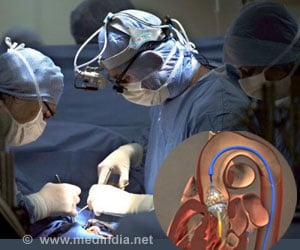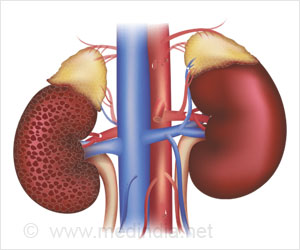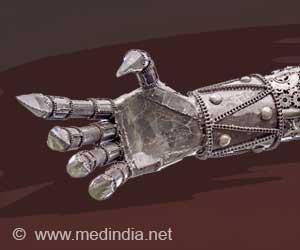The blood-monitoring device which emits light taps directly into the heart-lung machine used to circulate blood during a patient's surgery.

- A machine with an optical fiber that can tap directly into the tubes of the heart-lung machine can replace the need for regular blood test during surgery.
- The technology //uses an optical fiber to beam light through a patient’s blood and interpret the signals that bounce back.
- In certain cases, the technology could replace the need for doctors to wait while blood is drawn from a patient and tested.
- The technology can alert doctors at the first sign of clotting, and provide nonstop information throughout a long procedure.
"I absolutely see the technique having potential in the intensive care setting, where it can be part of saving the lives of critically ill patients with all kinds of other disorders," said Dr. William DeCampli, Chief of pediatric cardiac surgery at Arnold Palmer Hospital for Children.
Continuous Monitoring for Blood Coagulation
Over the past year, DeCampli tested the technology during cardiac surgeries on 10 infants. As reported in a paper published recently in the journal Nature Biomedical Engineering, the machine constantly interprets the light’s back-scatter to determine how rapidly red blood cells are vibrating. Slow vibration is a sign blood is coagulating and a blood-thinner may be needed.
The technology can alert doctors at the first sign of clotting, and provide nonstop information throughout a long procedure.
Coagulation is of particular concern during cardiovascular surgery, when a clot can shut down the heart-lung machine used to circulate the patient’s blood.
Doctors administer blood-thinning medication to prevent coagulation and every 20-30 minutes, blood must be withdrawn and tested. That’s a slow process with gaps of time without up-to-date information, especially in operations that can last four hours or more.
Dogariu, a Pegasus Professor in UCF’s College of Optics & Photonics, developed a machine with an optical fiber that can tap directly into the tubes of the heart-lung machine. The optical fiber beams light at the blood passing through the tube and detects the light as it bounces back.
"It provides continuous feedback for the surgeon to make a decision on medication," Dogariu said. "That is what’s new. Continuous, real-time monitoring is not available today. That is what our machine does, and in surgeries that can last for hours, this information can be critical."
Reference
- Aristide Dogariu et al., Light beam replaces blood test during heart surgery, Nature Biomedical Engineering (2017).
Source-Medindia















